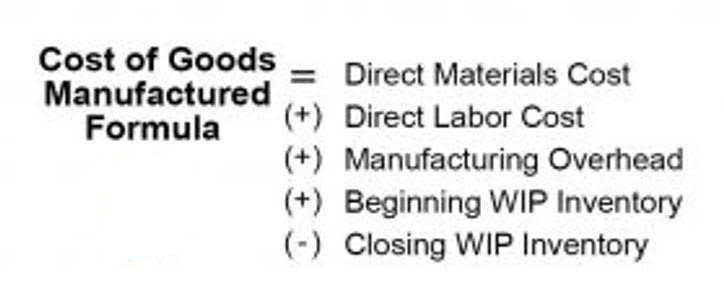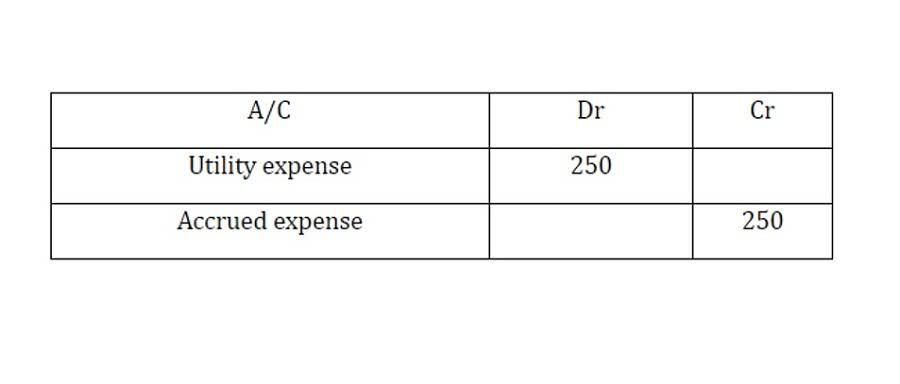Statement of Retained Earnings: What is it? How to Prepare It, and Examples

Retained earnings appear in the balance sheet as a component of stockholders equity. Cash dividends represent a cash outflow and are recorded as reductions in the cash account. These reduce the size of a company’s balance sheet and asset value as the company no longer owns part of its liquid assets.
How are the 3 Financial Statements Linked?
Next, notice that Wells Fargo has also paid out dividends to common and preferred stockholders. The flow from each statement to each statement is fascinating and helps illustrate how each statement is connected, and the impact each line item can have on the entire outlook of a company. In contrast to computers and smartphones, which undergo more frequent updates to maintain market competitiveness, T-shirts can stay mostly unaltered for decades.
Statement of Retained Earnings Example 2
This financial metric is crucial in accounting as it reflects the company’s ability to reinvest accounting in its operations, pay off debt, or save for future growth opportunities. By tracking retained earnings, businesses can gauge their long-term financial health and sustainability. Over time, this amount reflects the company’s profitability, management’s strategic decisions, and its financial health. Let’s dive into what retained earnings are, why they matter, and some practical examples to illustrate the concept. Retained earnings play a crucial role in a company’s financial health, representing the accumulated profits that are reinvested into the business rather than distributed as dividends. This financial metric provides insights into a company’s ability to generate profits over time and its commitment to growth and stability.

Resources
- It uses crucial insights like net income recorded in other financial statements for doing the reconciliation of data.
- In the United States, it is required to follow the Generally Accepted Accounting Principles (GAAP).
- The statement of retained earnings is a crucial financial document that tracks the cumulative earnings retained by a company over time.
- Businesses report them in the shareholders’ equity section of financial statements.
- This information helps investors and stakeholders evaluate the company’s financial health and long-term sustainability.
Below is a short video explanation to help you understand the importance of retained earnings from an accounting perspective. Nansel is a serial entrepreneur and financial expert with 7+ years as a business analyst. He has a liking for marketing which he regards as an important part of business success. – total comprehensive income for the period, showing separately amounts attributable to owners of the parent and to non-controlling interests.
- In financial modeling, it’s necessary to have a separate schedule for modeling retained earnings.
- The purpose of the statement of retained earnings is to show shareholders and investors how profitable the company is and how much money is being reinvested back into the business.
- The ending retained earnings balance is the amount posted to the retained earnings on the current year’s balance sheet.
- While retained earnings reflect past profits, revenue highlights the current financial performance of a business.
- The steps to calculate retained earnings on the balance sheet for the current period are as follows.
Balance Sheet Assumptions
- In order to do this, we create a separate section that calculates the changes in net working capital.
- Any discrepancies may indicate an error in the financial statements and should be investigated and corrected.
- At the end of each accounting period, retained earnings are reported on the balance sheet as the accumulated income from the prior year (including the current year’s income), minus dividends paid to shareholders.
- The dividend payout ratio, which measures the proportion of earnings distributed, reveals a company’s approach to profit allocation.
- This reservoir is known as retained earnings, a pivotal component of shareholder equity that reflects a firm’s financial health and strategic understanding.
- Their essence is strategic, more a story of growth and potential than a snapshot of wealth.
Capital expenditures add to the PP&E account on the balance sheet and flow through cash from investing on the cash flow statement. In financial modeling, your first job is to link all three statements together in Excel, so it’s critical to understand how they’re connected. This is also a common question for investment banking interviews, FP&A interviews, and equity research interviews. Decisions about reinvesting in the business, whether to fund growth projects or buy new assets, can indirectly affect retained earnings. Keep in mind younger companies may have a higher retention rate because instead of growing dividends, they would be interested in the growth of the business. As we see from Johnson & Johnson, larger, more mature companies will post lower retention ratios because they are already profitable and don’t need to reinvest in the company as heavily.

Global payments

Your company could decide to reinvest the earnings back into the business instead. If you do pay out, it reflects in your retained earnings as a reduction, affecting your equity’s bottom line. Begin the statement by stating the opening balance and retained earnings amount carried over from the previous fiscal year’s end. Opening with the correct balance is vital as it sets the groundwork for the subsequent calculations. The formula to calculate retained earnings starts by adding the prior period’s balance to the current period’s net income minus dividends. The “Retained Earnings” line Bookkeeping for Etsy Sellers item is recognized within the shareholders’ equity section of the balance sheet.

This figure is crucial as it reflects the company’s ability to reinvest in its operations, pay down debt, or save for future opportunities. Retained earnings are reported under the shareholders’ equity section of the balance sheet. You can find this retained earnings statement on its own or it might be a part of an income or balance sheet. Income statements are financial documents that detail a company’s revenue, expenses, retained earnings, net income, and dividends paid out to shareholders. The net income of a company is detailed, including the funds allocated to meet specific commitments other than paying dividends to shareholders, and any sum spent toward recouping losses. In conclusion, retained earnings play a crucial role in financing business growth initiatives as they represent the net income earned by a company that is not distributed to shareholders.
What does the statement of retained earnings show?
Within a company, these numbers illustrate management’s prowess in using profits effectively and deciding on dividend distributions. And when it comes to crunch time for fundraising, loans, or investor negotiations, the statement of retained earnings can prove to be an invaluable testament of the company’s ability to pay its own way. Finally, calculate the closing balance of retained earnings for the current period. This involves adding the net income or subtracting any net loss reported from the opening balance, followed by deducting dividends. This final total provides the earnings retained by the company at the end of the period and will be the opening balance for the next period’s retained earnings statement. Net income retained earnings statement represents the company’s profits after all expenses and taxes have been deducted.
What is the impact of a Net Loss on Retained Earnings?
Following our example, Widget Inc. begins their fiscal year with retained earnings of $15,000. The company has worked hard throughout the year, leading to a well-earned net income of $10,000. With our stage set and our actors—beginning balance, net income, and dividends—in the limelight, the scene is ready for a demonstration of the retained earnings calculation in action. So, $14,500 would be the final figure to strut onto your balance sheet, ready to roll into the next period’s retained earnings calculation. Should your company decide to pay dividends, the exact amount you distribute nibbles away at the net income’s contribution to retained earnings.
Adresa
Hotel Korsal
Šetalište Frana Kršinića 80
20260 Korčula, Hrvatska-

-

Kontakt
Telefon: +385 20 715 722
E-mail: info@hotel-korsal.com

